When one thinks of low-budget horror films, such as I Was a Teenage Werewolf, we imagine movies that were designed to fill the neighbourhood Drive-Ins with their cheap thrills and cheaper production value, but in the early 1940s RKO Pictures had an ace up their slave in the form of producer Val Lewton, a man who could create a wonderful atmosphere and gripping tension for pennies on the dollar and one of his masterpieces was a little gem directed by Jacques Tourneur, a film that was simply called Cat People.
In 1942 Val Lewton left MGM to become the head of a new unit created to develop B-movie horror feature films for RKO and his first edict was to make a film with the title “Cat People” with no other information other than the fact that Universal’s The Wolf Man was popular and that the studios heads at RKO would like some of that box office money but done on a decidedly lower budget. To tackle such a conundrum Lewton hired his friend Jacques Tourneur to direct and tasked writer DeWitt Bodeen to develop a plot that would fit that title. Val Lewton decided this wouldn’t be the "cheap horror movie that the studio expected but something intelligent and in good taste" and the end result was exactly that, a film with a dreamlike quality with its horror percolating under the surface.
When horror meets film noir.
The movie opens with a typical Hollywood “Meet Cute” where Irena Dubrovna (Simone Simon), a Serbian-born fashion illustrator, is found making sketches of a black panther at the Central Park Zoo in New York City and this is where she encounters a very interested Oliver Reed (Kent Smith), who I find about as interesting as a block of wood but then again I'm not a beautiful Serbian-born fashion illustrator, and before you can say “Breakfast at Tiffany’s” the two of them are having tea at her place and are rapidly falling love. This whirlwind romance leads to a quick marriage but it’s not all moonbeams and rainbows as Irena has some severe emotional baggage, believing she is descended from a group of evil cat people and that she will transform into a panther if aroused to passion caused by either intimacy or jealousy, and this means Irena cannot perform one of the key “wifely duties” no matter how much she wants to.
“Are you cool with no kissing and separate bedrooms?”
Oliver is patient with her but he eventually persuades her to see a psychiatrist, Dr. Louis Judd (Tom Conway), who tells her that these fears of hers stem from childhood traumas – her father was horribly killed in the woods and the village children tormented her about it – but before psychiatry can bring any aid to this situation jealousy rears its ugly head in the form of Oliver’s co-worker Alice Moore (Jane Randolph), who Oliver stupidly confided in her about his and Irena’s marital problems, so yeah, Oliver is a bit of a dick. Then it gets even more complicated when it’s soon made clear that Alice has been holding a torch for Oliver for quite some time – watching this guy operate I can’t see the appeal – and this is where the film’s key moments kick in as a jealous Irena begins to stalk and threaten Alice, shifting into the form of a large snarling panther to do so.
Irena takes being catty to the next level.
It is cinematographer Nicholas Musuraca’s wonderful Film Noir lighting that makes Cat People stand apart from other films of the genre, with his use of hard light and deep shadows to create a hauntingly atmospheric nightmare for our characters to wander through, Alice being harassed by the panther while in a dark pool is a masterclass in the use of shadow as well as sound mixing, and under Lewton’s directive Jacques Tourneur did his best to keep the nature of Irena’s transformation hidden, there is no Jack Pierce make-up transformation as found in films like The Wolf Man, and thus the moments of suspense and terror that permeate this film are more hinted at rather than being explicit. What is very clear is that Cat People is, at its heart, a film about strong women and idiot men who are just along for the ride because while, at first glance, Irena looks like a meek young thing but she did invite a strange man up to her room for tea, and when her marriage looked to be threatened she was no doormat to stepped over, not our Irena, she is a vengeful feline who will fight for what is hers. Then there is Alice who is depicted as a character with more agency than you’d expect for a rival in these kinds of plots, and she certainly deserved better than ending up with Oliver.
Who would actually fight over this guy?
Stray Observations:
• Irena tells Oliver that “I’m not an artist, I draw sketches for fashion magazines” I’m not sure she quite understands what constitutes being an artist.
• When Irena and Oliver enter a pet shop all the animals go wild in her presence, which is another example of a male suitor completely ignoring a big Red Flag.
• Oliver and Irena don’t even kiss before getting married and Oliver is so relaxed and understanding about Irena’s inability to offer post-marital sex it has me wondering more about him than Irena's oddness.
• Oliver doesn’t understand why Irena is angry with him over his discussing her sexual hang-ups with another woman, and I’m starting to doubt he’s even from this planet.
• The transformation in this story is more magical than physical as we see muddy paw prints turn into muddy shoe prints, no bare human feet in between, so Irena isn’t doing some kind of slow wolfman-type transformation but shifts from one form to the other almost instantly.
• Irena has a statue of a medieval warrior on horseback impaling a large cat with his sword, which is a depiction of King John of Serbia ridding the country of cats who were believed to represent evil, which is a rather strange knick-knack for a person to own if they believe they were a descendant of those self-same Cat People.
“I hope I don’t meet an ironic death at the end of a sword.”
Val Lewton’s Cat People was the first major supernatural horror film with a contemporary urban setting, there are no Gothic castles or fog-shrouded moors populating this tale as were found over at the Universal backlot, and director Jacques Tourneur was able to utilize this new setting to make the horror on screen seem more real and less like a Grimm’s fairy tale, despite the film’s very magical element and without actually having to show anything, which is quite impressive. Overall, this film is an experience of pure dark delight and Tourneur and Musuraca were "masters of light and shadow” and the effectiveness of their techniques made this a frightening and unforgettable tale, not to mention Simone Simon’s portrayal of a woman “cursed” is a performance that will go down in cinema history as one of the more interesting Femme Fatales ever to grace the silver screen.
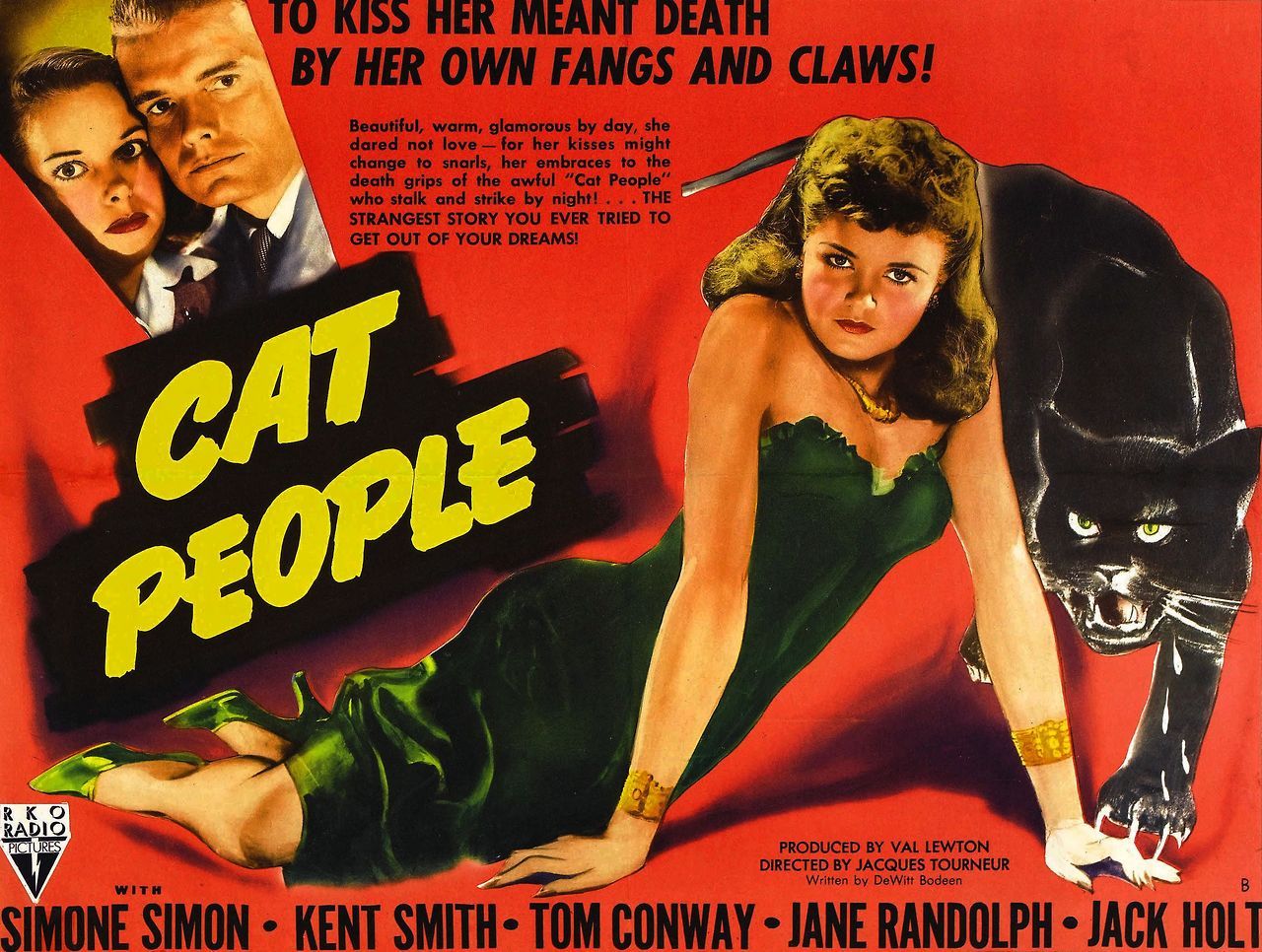
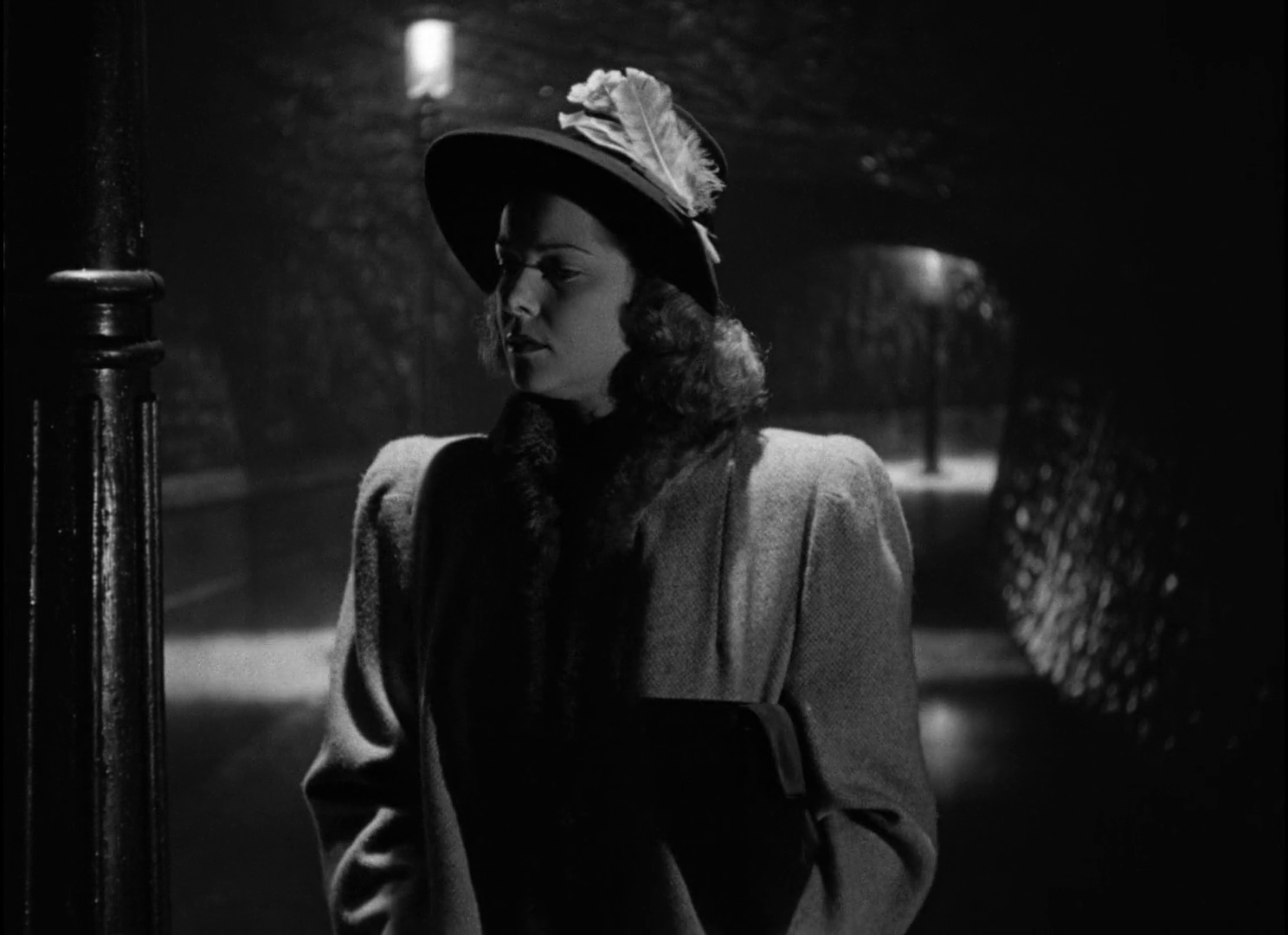
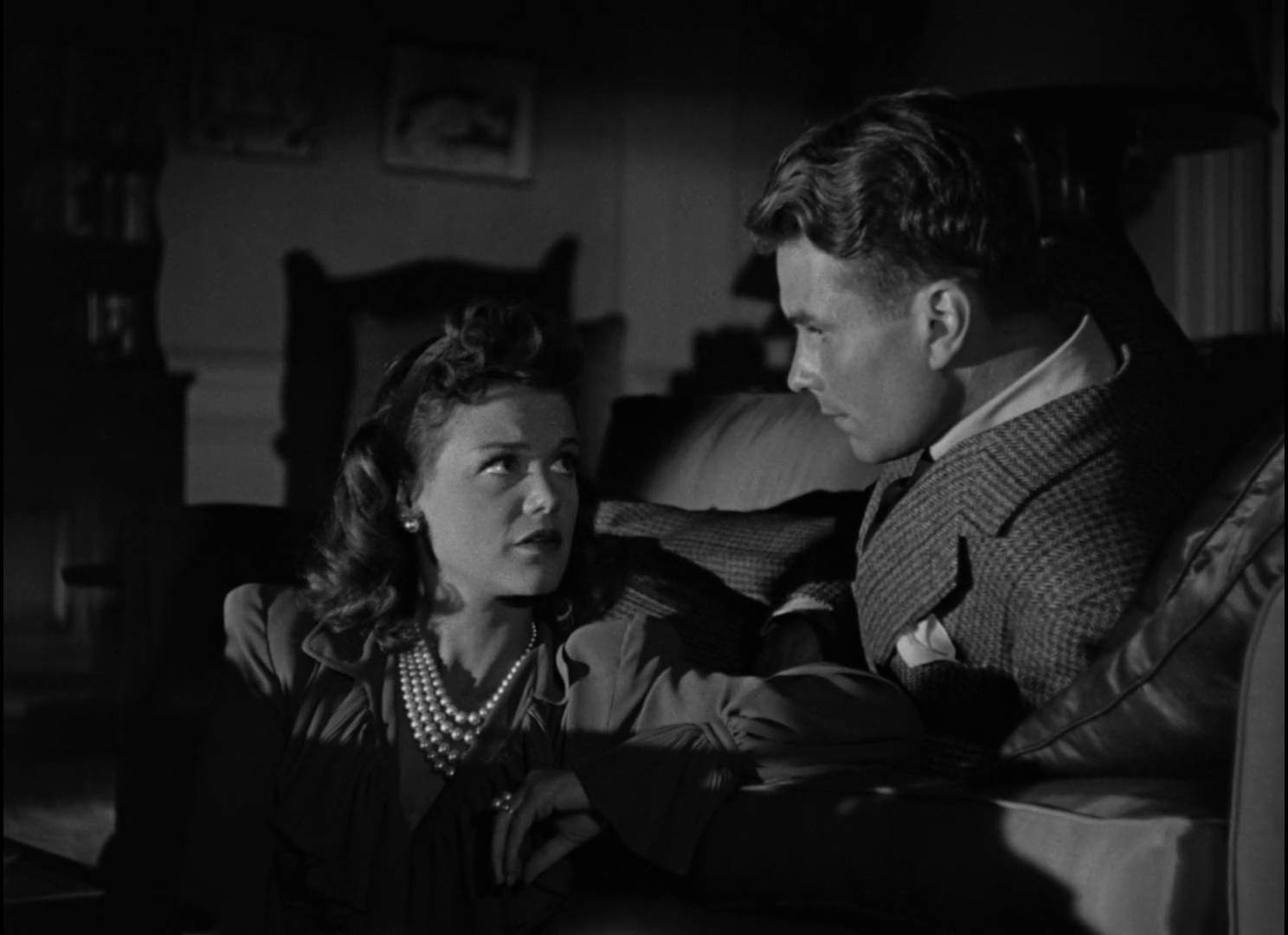
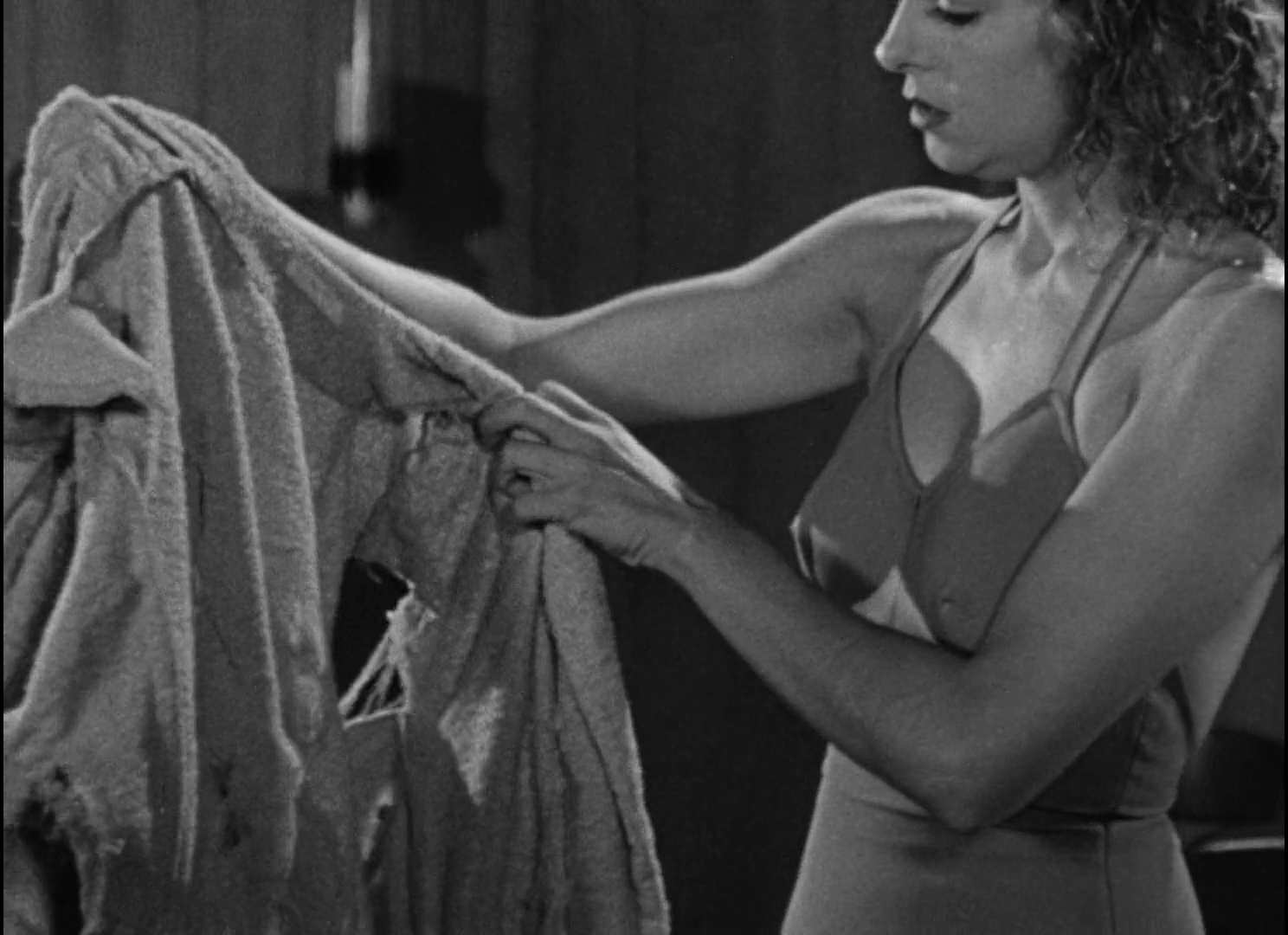
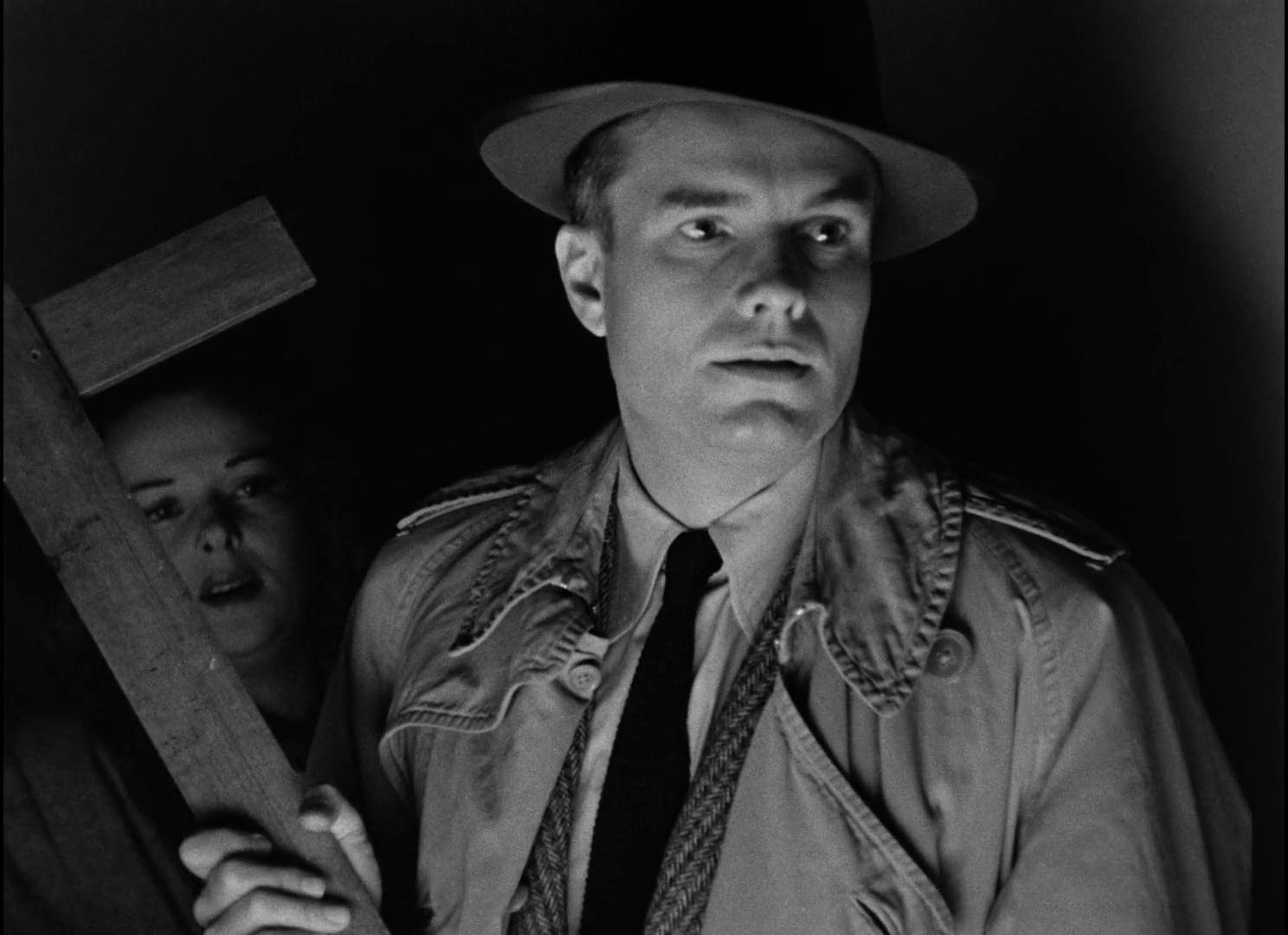
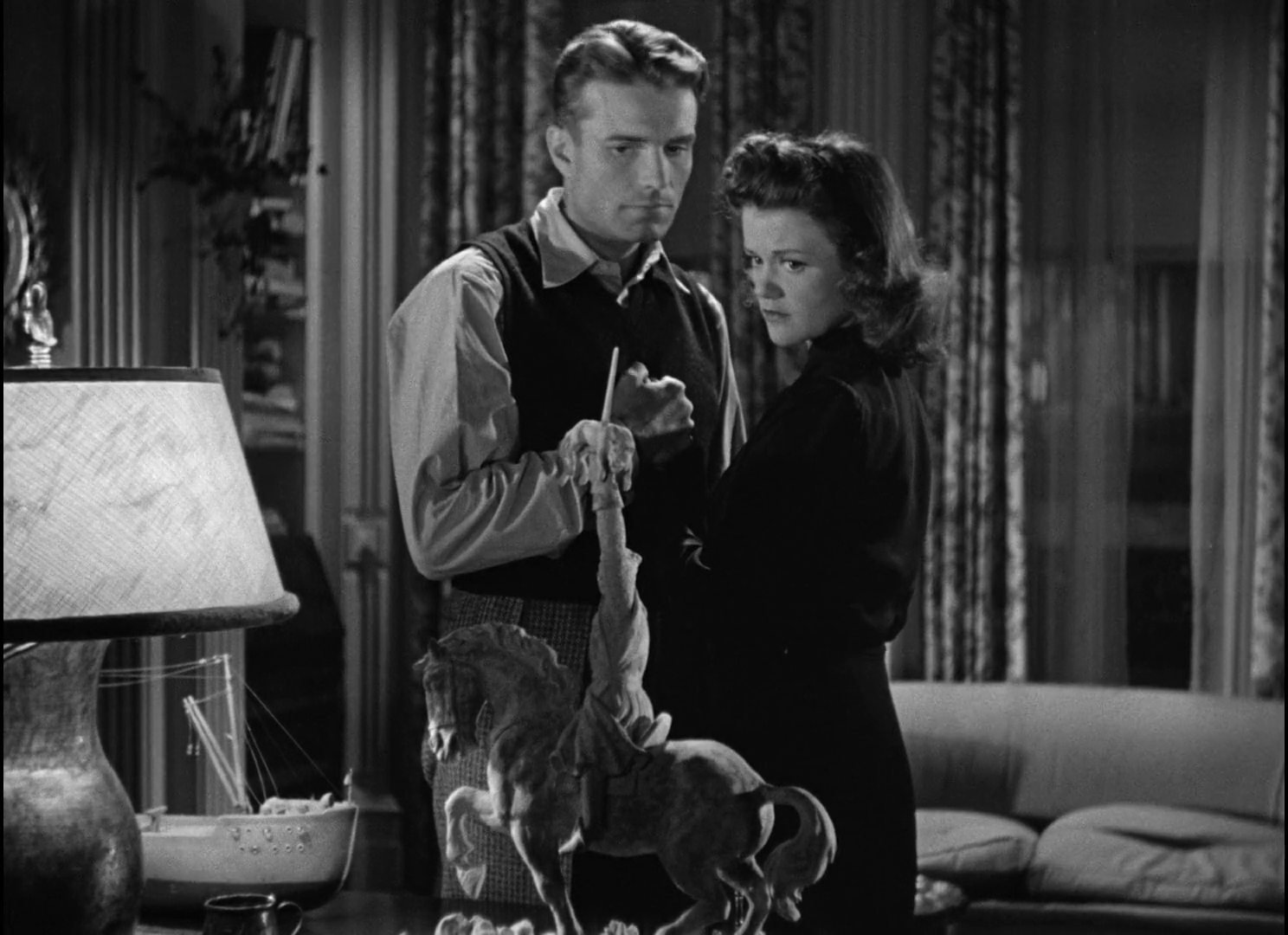
No comments:
Post a Comment